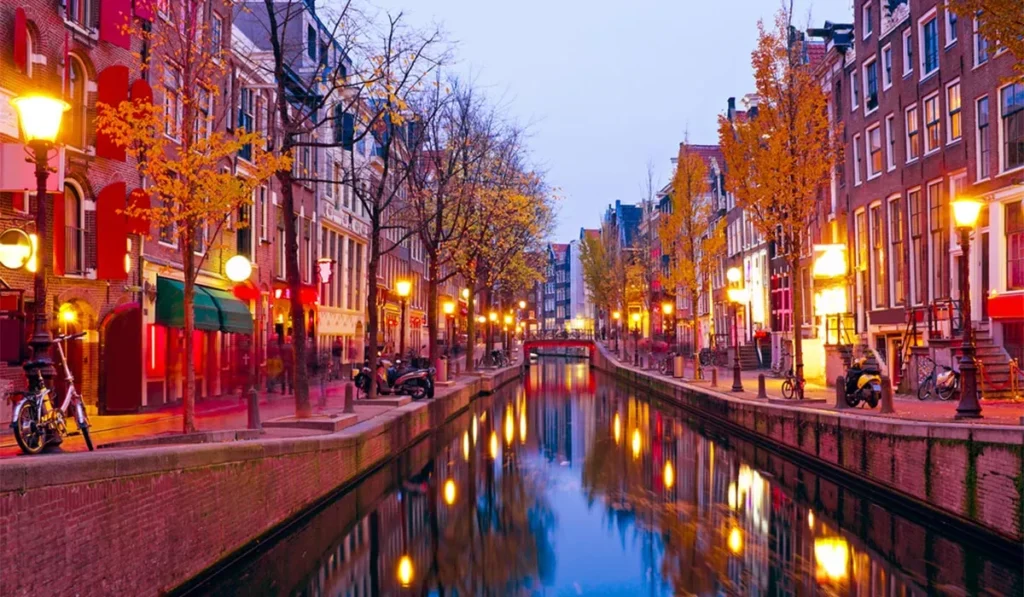The phrase “Red Light District” conjures up a myriad of images and assumptions, often steeped in mystery, titillation, and controversy. These districts, prevalent in many cities worldwide, are infamous for their adult entertainment establishments, from brothels to sex shops.
However, beyond the sensationalism, Red Light Districts have also become tourist attractions, offering guided tours that promise a glimpse into a world often hidden from mainstream view. In this article, we delve into the phenomenon of Red Light District tours, exploring their purpose, controversies, and impact on both visitors and the communities they showcase.
Understanding Red Light District Tours:
Red Light District tours are guided excursions through areas known for their concentration of adult entertainment venues. These tours typically provide historical context, insights into the sex industry, and anecdotes about the district’s culture and inhabitants. While the specifics vary depending on the location, tours often include visits to brothels, sex museums, and other related establishments.
Purpose and Appeal:
The allure of Red Light District tours lies in their promise to unveil the taboo and the forbidden, offering participants a voyeuristic peek into a world they may otherwise never encounter. For some, it’s a matter of curiosity, a desire to understand an aspect of human society often relegated to the shadows. Others may be drawn by a sense of adventure or the opportunity to challenge societal norms.
Moreover, Red Light District tours are not just about titillation; they can also serve educational purposes. Many tours aim to shed light on the realities of the sex industry, highlighting issues such as exploitation, human trafficking, and the challenges faced by sex workers. By providing a platform for discussion and raising awareness, these tours seek to stimulate dialogue and promote understanding.
Controversies Surrounding Red Light District Tours:
Despite their purported educational value, Red Light District tours are not without controversy. Critics argue that these tours commodify and exploit the very people they claim to educate about. By turning the lives and experiences of sex workers into a spectacle for tourist consumption, these tours can perpetuate stigma and reinforce harmful stereotypes.
Moreover, there are ethical concerns regarding consent and privacy. While some sex workers may welcome the opportunity to share their stories and advocate for their rights, others may feel exploited or objectified by the presence of tour groups outside their workplaces.
Additionally, there are questions about the impact of tourism on the communities inhabiting Red Light Districts. Increased foot traffic from tourists can lead to gentrification, driving up property prices and displacing longtime residents. Furthermore, the influx of visitors may contribute to a sense of unease or discomfort among those who live and work in these areas.
The Role of Regulation and Responsibility:
In response to these concerns, some cities have implemented regulations governing Red Light District tours. For example, Amsterdam, home to one of the most famous Red Light Districts in the world, has introduced measures to ensure that tours are respectful and informative. These include guidelines on group size, designated routes, and the prohibition of photography in certain areas.
Additionally, tour operators have a responsibility to conduct their business ethically and sensitively. This involves obtaining consent from the individuals and communities featured on the tour, respecting their boundaries, and prioritizing their welfare above the interests of tourists.
Conclusion:
Red Light District tours occupy a unique space in the realm of tourism, offering a blend of fascination, controversy, and education. While they provide an opportunity for people to engage with complex issues surrounding sex work and urban culture, they also raise important ethical questions regarding consent, exploitation, and community impact. Ultimately, the success of these tours hinges on their ability to navigate these challenges responsibly, ensuring that they serve not just as entertainment for tourists, but as platforms for understanding and advocacy.
